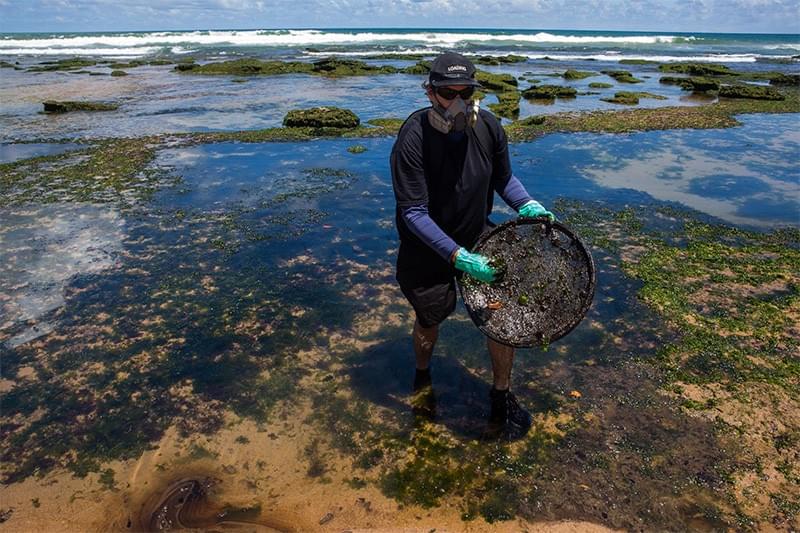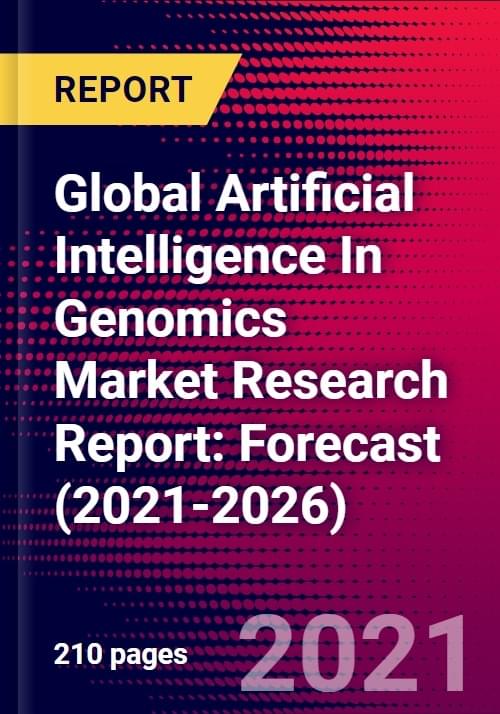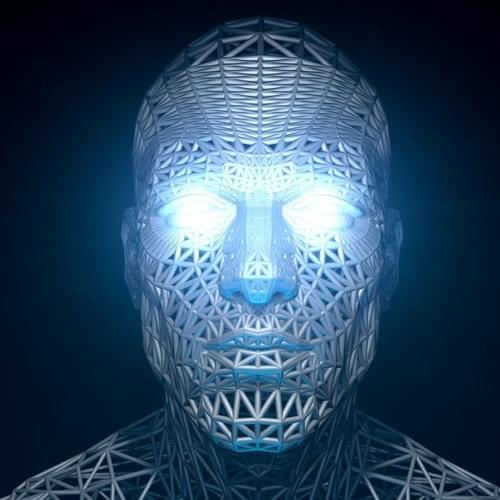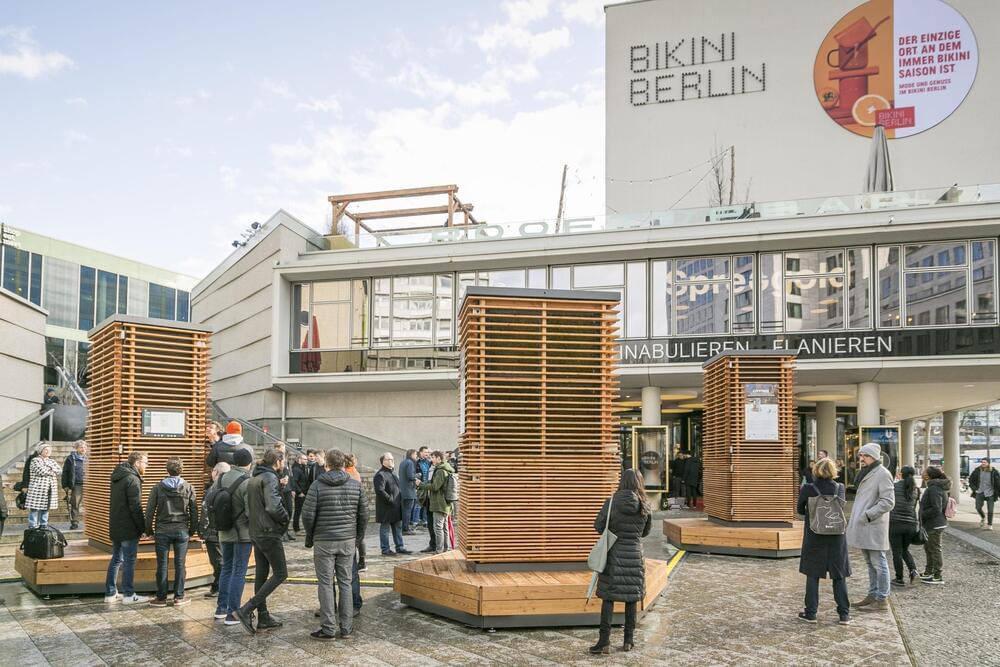As technology rapidly progresses, some proponents of artificial intelligence believe that it will help solve complex social challenges and offer immortality via virtual humans.
But AI’s critics are sounding the alarm, going so far as to call its development an “existential threat” to mankind. Is this the stuff of science fiction? Could the “Terminator” become reality, or will these fears prevent the next technological revolution?
Subscribe for more videos like this: http://bit.ly/1GpwawV
Facebook: http://facebook.com/92ndStreetY
Twitter: https://twitter.com/92Y
Tumblr: http://92y.tumblr.com/
Instagram: http://Instagram.com/92ndStreetY
Vine: https://vine.co/92Y
On Demand: http://www.92yondemand.org






